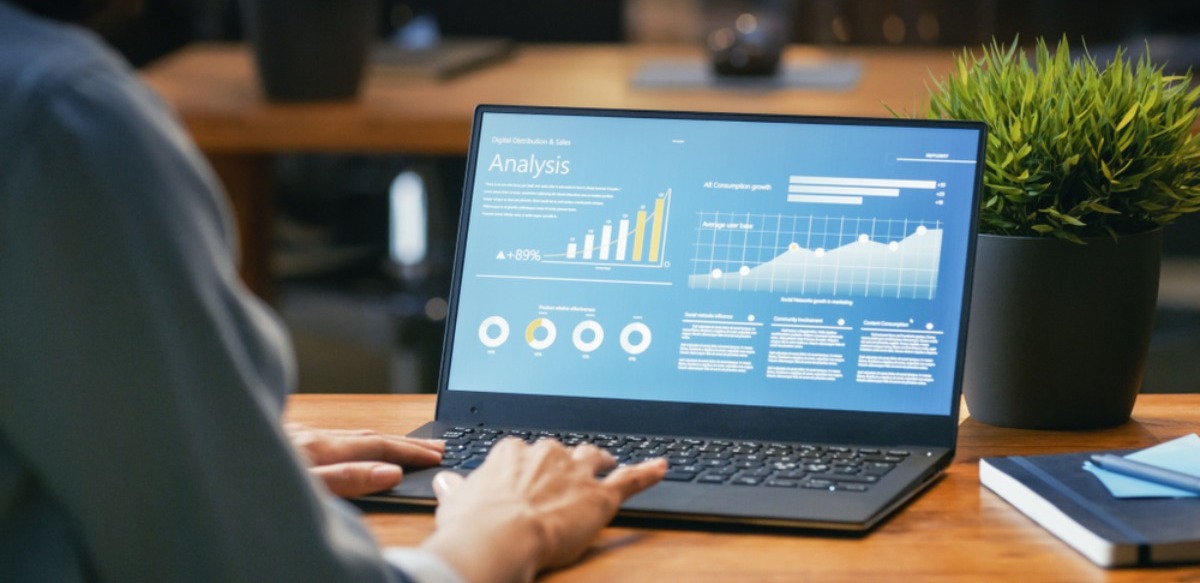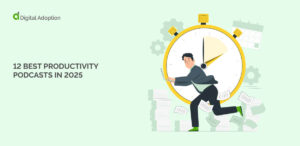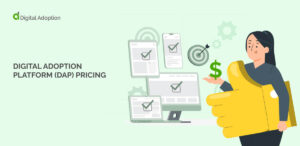There’s no better way to understand your customers than reading into their interactions with your brand. The data helps to segment your customers and create highly targeted campaigns.
The best way to collect customer activity data is by using analytics tools and chatbots. Businesses use these tools to analyze customer interactions on their website, social media platforms, email engagement, and advertising campaigns.
Having information like purchases, items in a cart, and liked products can help a business personalize its offerings.
Similarly, how far down visitors get in a blog post and how many clicked on the call-to-action button at the conclusion can help businesses streamline their marketing strategy.
This article outlines 3 proper ways to collect your customers’ activity data.
Let’s dive in!
1. Use Google Tag Manager to collect web activity information
Google Tag Manager provides a free system to deploy tracking codes to your websites or mobile applications. It can track clicks, downloads, page views, and other custom events. The data collected is sent to Google Analytics (or another analytics platform), where you can visualize the customer activity data.
Before collecting usage information, businesses need to have a privacy and cookie policy to protect user rights and comply with the privacy regulations.
They also need to determine the most valuable metrics.
With Google Tag Manager, you can also track:
- Cart abandonment
- Video views
- Scroll depth
- Form abandonment
- Exit links
- Youtube views
- and much more
There are three things you need to know when using Google Tag Manager:
- Tags are code snippets that the system gives you to send data from your page to another site. For example, if you use an app like Hotjar to track clicks and mouse movement on your page, the system will create a Hotjar code that will send the information to your Google Analytics reports.
- Triggers tell the system what to do and when to do it, e.g., create an event when someone clicks on a link, scrolls down the page, or submits a form.
- Variables are named placeholders with values. For example, you can use the variable “Event” to determine how many people clicked on a link.
So, sign in to Google Tag Manager to collect customer activity data.
- Create an account – Name your account, add your website URL and select the platform (e.g., web).
- You’ll get a code which you place on the pages you wish to track. Follow the straightforward instructions in the pop-up box.
- Create your first tag.
Here’s the process for creating a tag on Google Tag Manager.
- Tag configuration: You can choose the tag type from the options (e.g., Hotjar, Google Analytics, Google Ads Conversion Tracking, or a custom HTML tag).
Then choose the Track type, e.g., a page URL or a custom event.
- Select a trigger type like a page view, click, scroll depth, form submission, etc.
You can add a new trigger by clicking the “+” button. Then give the trigger a name, e.g., Downloads. On the trigger type, select “Just links.” Then select “Some links.”
On the conditions, select “Click URL,” “contains,” and “.pdf”. Then click Save. Whenever someone clicks your pdf download link, Google Tag Manager will fire the trigger.
Once the tag is published, head over to your Google Analytics.
Go to Behavior > Events > Overview
In the Overview, you’ll see a report of all your Google Tag Manager events.
2. Use a Chatbot to aggregate customer activity data
Beyond having a virtual assistant, businesses integrate chatbots into their websites to collect customer data.
An AI-powered chatbot can utilize natural language processing to ask and respond to questions through text or voice commands.
By observing the conversations, businesses can read into the context of the customer’s behavior. This can also help map out the customer journey.
For example, in the case of a hotel-booking chatbot, the hotel may notice that most users only ask about the location and room charges before quitting the conversation.
So, the hotel would look deeper to determine if they’re targeting the wrong audience.
Additionally, using predictive analysis techniques like data mining, chatbot data can uncover patterns that help you clarify what customers feel about your product.
You can also integrate behavioral analytics technologies into your bot to gather more accurate information.
With the information, you can create and test out different hypotheses to optimize the customer experience.
To set up your chatbot, you’ll use a chatbot builder. The application should help you create a bot, train it, and connect it with your platform (e.g., Facebook page, website, etc.)
3. Use marketing automation tools to track interactions with campaigns
Marketing automation tools have analytics and reporting to measure and analyze campaign activity. Popular tools like Hubspot and ActiveCampaign also include CRM and email automation. Having all website, social media, and email marketing data on one CRM gives a clearer picture of the customers’ behaviors.
With such tools, you collect customer activity data in the following ways:
- Email tracking to determine open rates, times, and click-through on links.
- Tracking activity on landing pages for targeted campaigns.
- Having all your social media conversations in one place.
To select your marketing automation tools, consider:
- An all-in-one platform to have all the data in a singular place.
- What your marketing and sales processes look like to have a clear picture of what your tool should do.
- The data points that are most valuable to your business to ensure that your tool can collect all this information.
- The ability to integrate with your other business tools.
- Ease of use and scalability.
With the right tools, you can collect and organize your customer activity data to personalize customer experiences and capitalize on sales opportunities.









